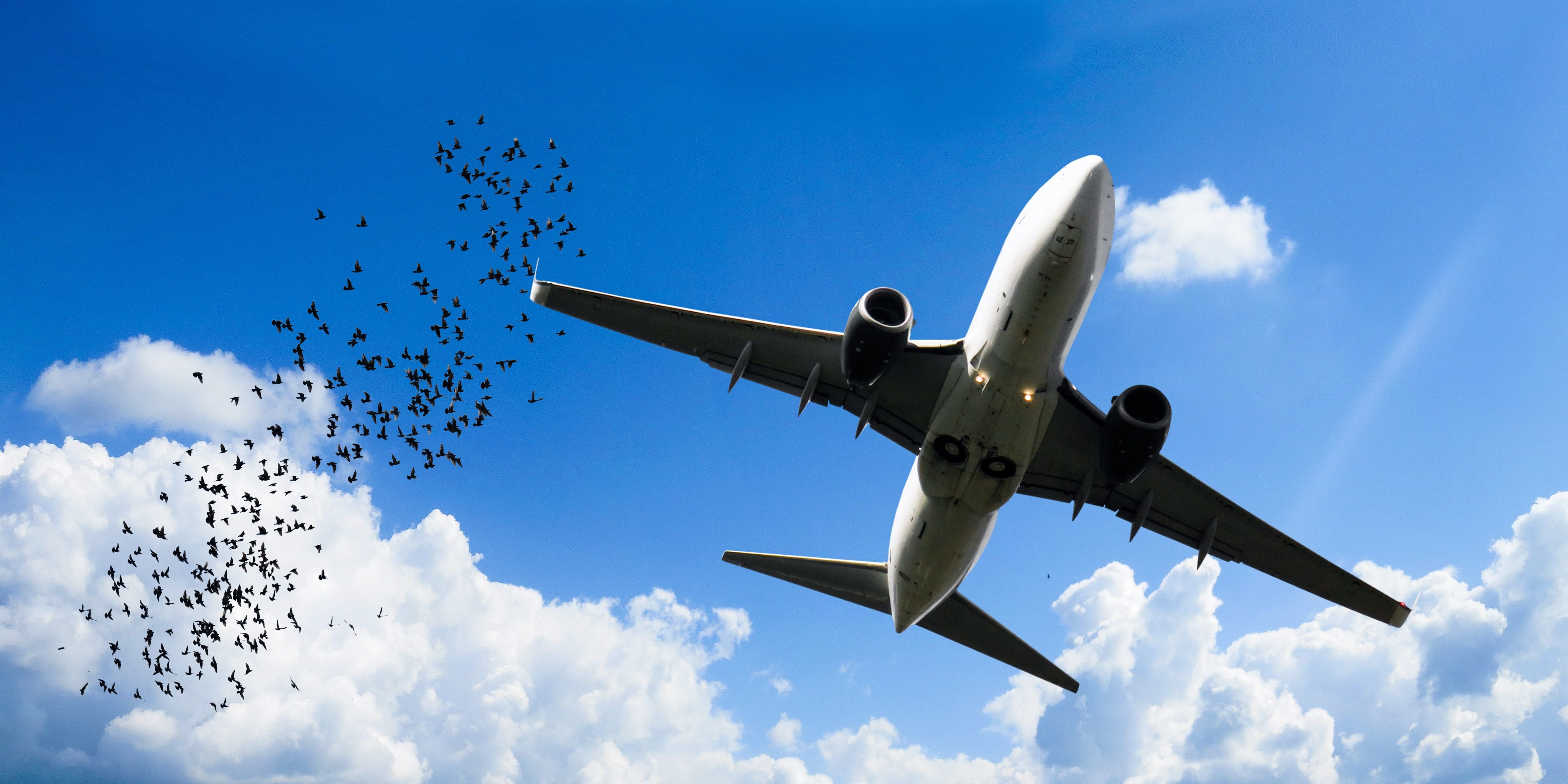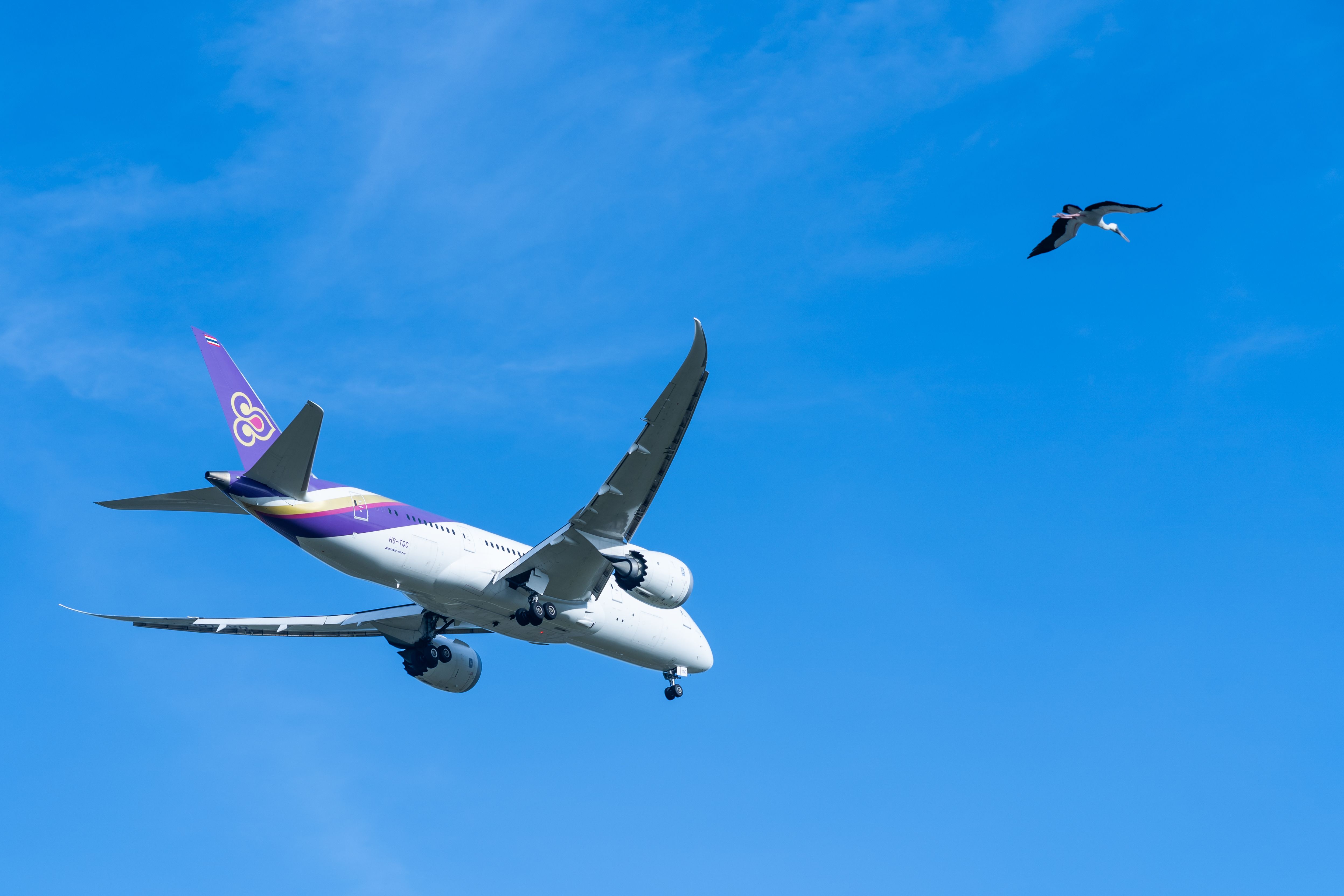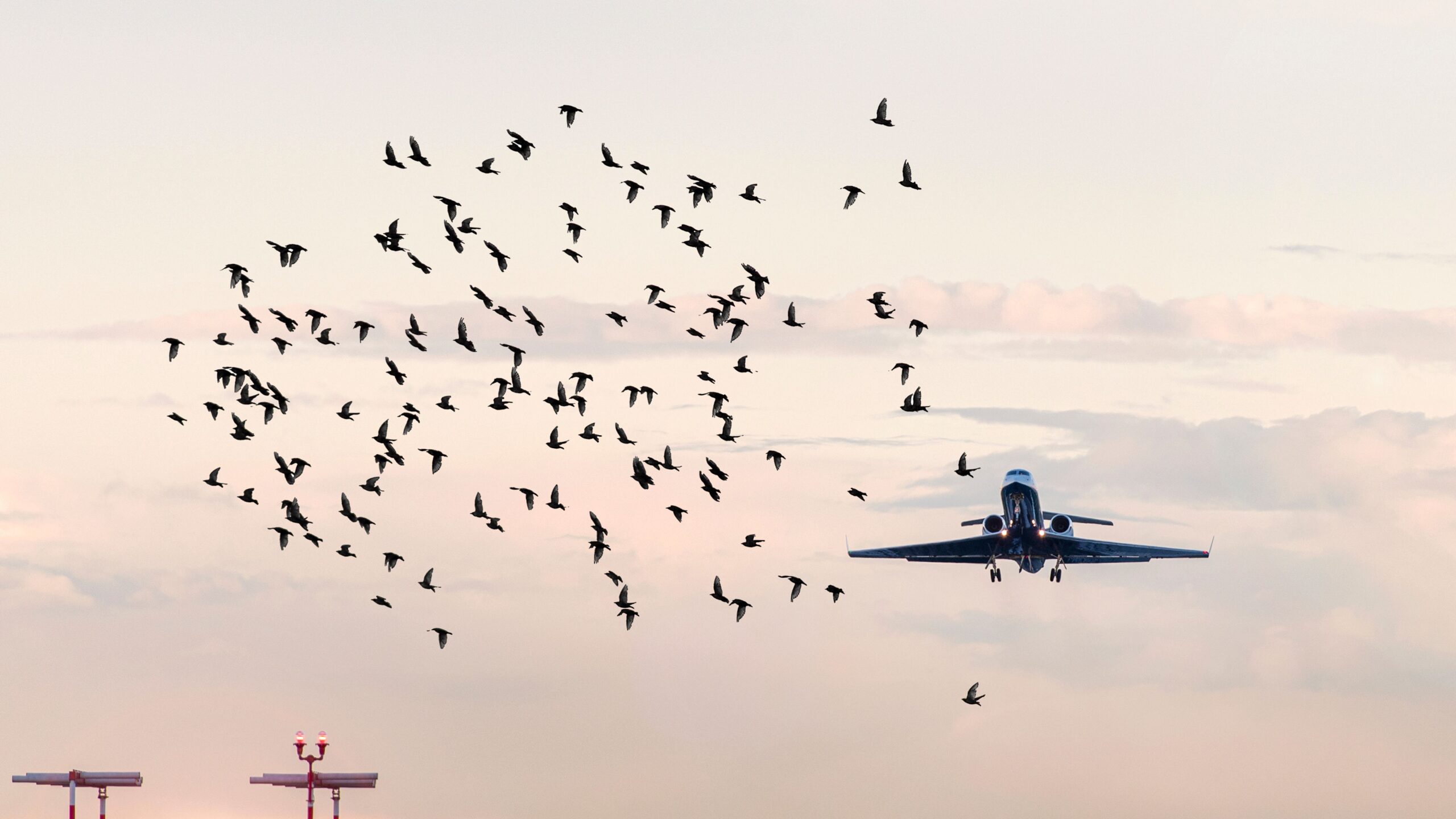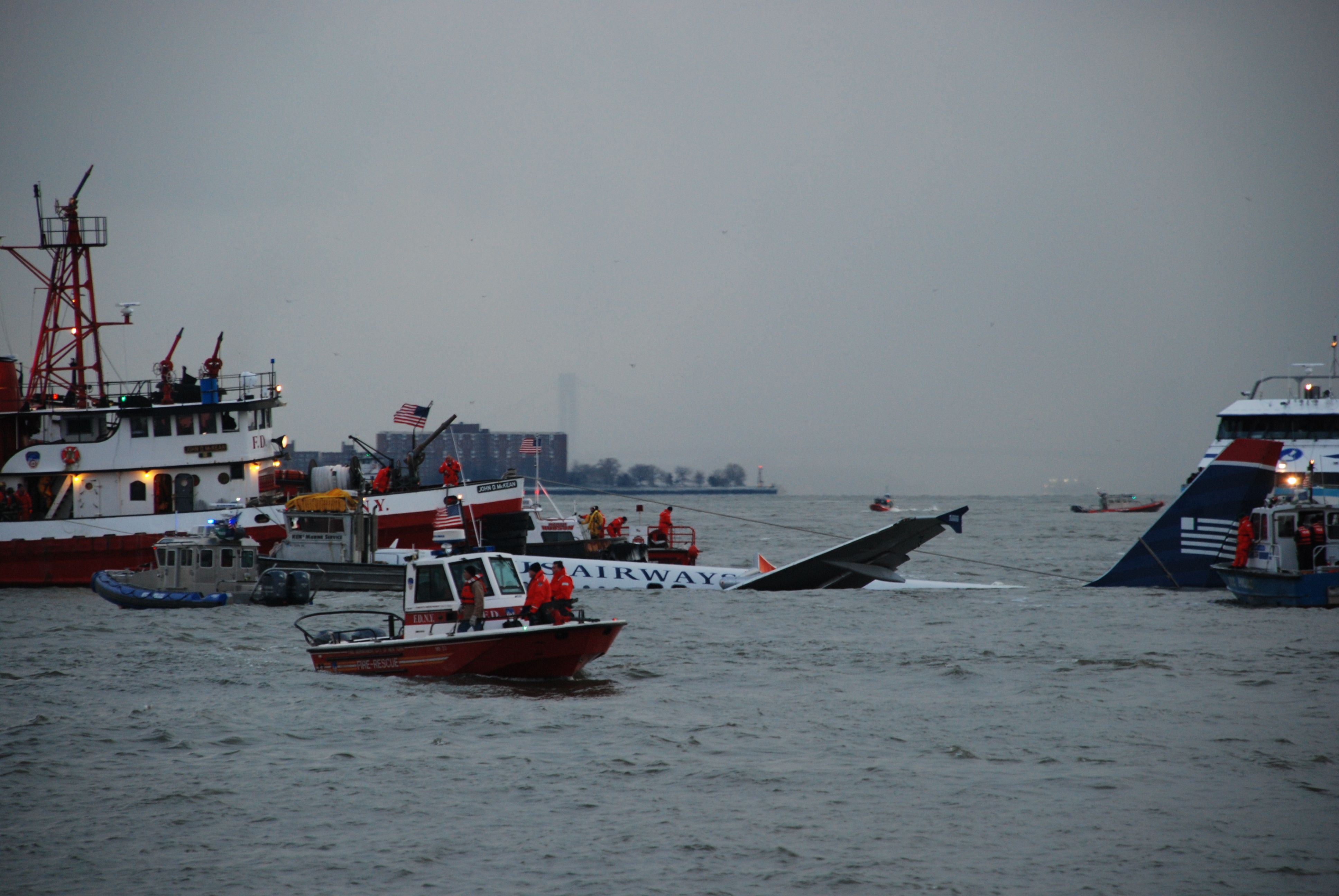Summary
- Bird strikes near airports can cause damage to aircraft, like engine failures.
- In 2021, bird strikes cost US airlines $328 million and 140,000 hours of downtime.
- Airport authorities use various tactics to prevent bird strikes, ensuring flight safety.
Bird strikes can pose a significant threat to flight safety (though most don’t), potentially resulting in diversions, emergency landings, and, as we saw in 2009, a water landing. The impact of hitting birds during key sequences like takeoff or landing can damage the engines, windscreen, and nose cone, usually forcing the plane to return.
While only a fraction of strikes result in major damage to the aircraft, even minor damage can be a significant nuisance for airlines to deal with. It’s also worth sparing a thought for the birds themselves, with countless poor creatures killed each year after colliding with aircraft.
How bird strikes damage aircraft
Approximately 97% of bird strikes occur at or near an airport while a plane lands, takes off, or is at a low altitude. However, they have been reported as high as 4,500m (15,000 feet). The amount of damage the bird does to the aircraft depends on the size, weight, and speed of the bird and aircraft. The heavier and faster the bird is, the more potential damage there will be to the aircraft.
To put it in context, in the first quarter of 2023, the US reported 1,696 bird strikes. Of these, only 12 resulted in severe damage to an aircraft (less than 1%). Yet, such issues with smaller flying animals can seriously impact planes and are a common enough occurrence for pilots, who have set procedures in such cases. In 2021, bird strikes cost airlines in the US an estimated $328 million in damages and 140,000 hours of downtime.
Naturally, bird strikes almost always damage the forward-facing areas of the aircraft – the windscreen, nose cone, and engines. This can force the plane to perform an emergency landing, as an Air France A350 found after a strike left its nose crushed in Osaka, but sometimes things can get even more serious.

Related
How Often Do Planes Experience Bird Strikes?
Almost fifty bird strikes are reported daily on average. Only a fraction of those cause any significant damage.
The most significant risk to flight safety is when a bird gets caught in the engine of an aircraft. This is known as bird ingestion and can cause the engine to fail in severe cases. Most aircraft are certified to fly for hours with only one engine – nonetheless, pilots will divert to the nearest suitable airport to avoid risks. However, there are cases where both engines have ingested birds – an exceedingly rare occurrence – causing a dual-engine failure, including one very famous example detailed below.
The statistics on bird strikes
As per the FAA, there are an average of over 10,000 reported bird strikes each year in the United States alone, although this figure is estimated to be less than half of the true number of strikes. The agency’s latest figures show over 15,000 reports were filed in 2022 alone.
The most common bird involved in strikes with aircraft is the mourning dove, a small bird that tends to cause minimal damage – on the other hand, while ducks and geese account for just 5% of strike events, they are responsible for 28% of incidents that damage aircraft.
Between 1988 and 2019, there were over 270 aircraft written off globally due to bird strikes, amounting to around nine aircraft per year. An FAA estimate states that bird strikes probably cause around $500 million worth of economic damage each year across the world, which includes aircraft damage and loss of earnings.
High-profile incidents
You may be familiar with the “Miracle on the Hudson” performed over 15 years ago by Captain Chesley “Sully” Sullenberger and First Officer Jeff Skiles. On January 15, 2009, an Airbus A320 en route to Charlotte from New York City’s LaGuardia Airport flew into a flock of birds shortly after the plane had taken off. Unusually, the bird strikes caused a dual-engine failure at the low recorded altitude, posing a massive threat to those onboard and on the ground.
With no power and no suitable airport for pilots Chesley Sullenberger and Jeffrey Skiles to use for an emergency landing, time was of the essence. They decided to glide the aircraft into the Hudson River, where all 155 people onboard, including five crew and 150 passengers, were rescued by boats. Only a handful of people were injured.

Related
How Are Pilots Trained To Handle Bird Strikes?
Dealing with unavoidable wildlife encounters.
Another more recent event over Mumbai will go down as perhaps the most shocking bird-related incident we have seen. In May, an Emirates Boeing 777 struck a flock of flamingos as it was on approach to Mumbai Airport, scattering body parts across a neighborhood below. Local residents reported seeing pieces of mangled flamingos, such as beaks and claws, with at least 40 birds killed and the aircraft sustaining damage.
Mitigation strategies
Airport authorities are responsible for ensuring airport land is as free from birds as possible. Preventing birds from congregating in large numbers near airports is the key to any effective strategy. Authorities can use a range of approaches to tackle bird strikes, such as sirens, pyrotechnics and air cannons to disperse birds.
With the support of regulators like the FAA and the DGCA in India, airports are adding barriers like spikes to runways while the authorities look for ways to detect our feathered friends before it’s too late.
Have you ever suffered a bird strike? Let us know in the comments.



